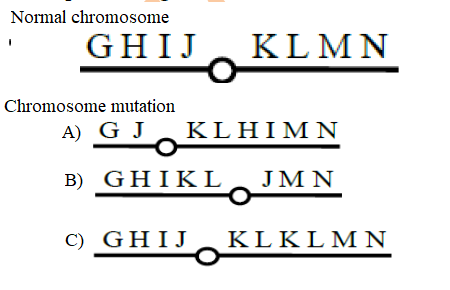TLS Online TPP Program
More Questions
TLS Online TPP Program
#Question id: 31296
#Unit 5. Developmental Biology
If either Nodal or Vg1 signaling is blocked in Xenopus laevis, resulting;
TLS Online TPP Program
#Question id: 31297
#Unit 5. Developmental Biology
BMP inhibitors secreted by the organizer at the dorsal side of the embryo, these organizer proteins are named as:
TLS Online TPP Program
#Question id: 31298
#Unit 5. Developmental Biology
Drosophila Sog protein is a homologue of which protein in amphibians ?
TLS Online TPP Program
#Question id: 31299
#Unit 5. Developmental Biology
In chick embryo, the space between the blastoderm and the yolk is called as:
TLS Online TPP Program
#Question id: 31300
#Unit 5. Developmental Biology
During chick development, as cells converge to form the primitive streak, a depression called as:
TLS Online TPP Program
#Question id: 31301
#Unit 5. Developmental Biology
Which of the following acts as the equivalent of the amphibian Nieuwkoop center in chick?

